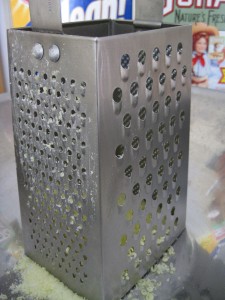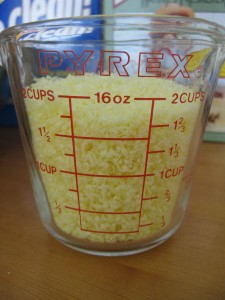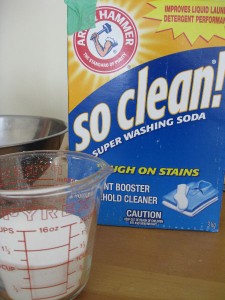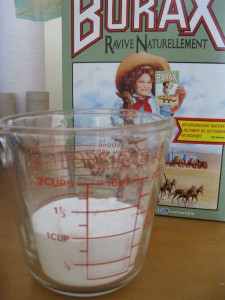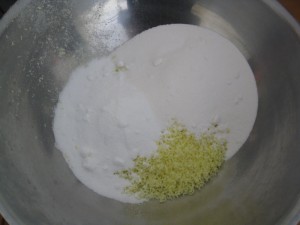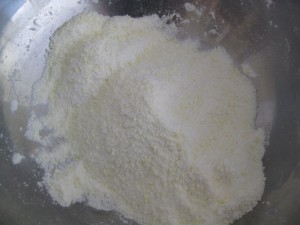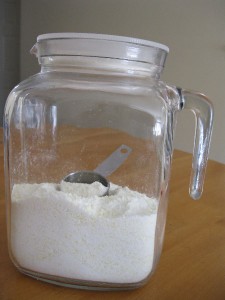White Vinegar (Don’t use Malt!)
The queen of getting it clean, white vinegar, is mildly acidic and disinfecting. It’s great for removing calcium deposits, such as those in your humidifier. It’s also a potent grease and stain remover. You can use it to clean hard surfaces such as countertops and glass.
White Vinegar Recipes:
Dusting Spray: Combine 1 tsp olive oil and 1/2 cup of vinegar. Store in a squirt bottle or keep in a jar. Apply small amount of mixture to a soft cloth for use on your wooden furniture.
Glass/Hard Surface Cleaner: Combine 1/2 cup white vinegar with a gallon of water. Soak cloth, ring it out slightly and use on your surfaces. Keep a clean chore towel handy for drying.
Fabric Softener: Add 1/4 cup white vinegar to your washer’s final rinse cycle.
Pure Soap
Pure soaps, such as Castile, don’t contain any synthetic colours, scents or additives and are usually available in health and natural product stores. Pure soap is great for basic light cleaning and can be combined with a few drops of an essential oil for an added air-freshener effect.
Lemon Juice
Lemon juice is a great grease-cutter. When washing your dishes, add it to your water along with a pure soap. Lemon juice is also great for cutting through grease on porcelain and aluminum.
Lemon Juice Recipe:
All-Purpose Cleanser: Combine 1/2 cup of pure soap, such as Castile, with one gallon of hot water and 1/4 cup of lemon juice.
Salt
Salt is a great basic scrub that will give you extra cleaning power. Great for smaller jobs like removing tea stains from the inside of cups or cleaning out the coffee pot. Just fill pot with ice-cubes, pour in some salt and swirl.
Baking Soda
Baking soda is another effective scrub and a gentler alternative to salt. You can also place an open box in your fridge and freezer to help eliminate odors.
Recipes for Baking Soda:
Bathroom Tub and Tile Cleaner: Soak a firm bristle brush in a good all-purpose cleaner. Then add baking soda for extra cleaning power. You can also clean grout by combining one part water and three parts baking soda to make a scrub.
Sink Scrub: Combine equal amounts of salt and baking soda to make a scrub for your kitchen sink.
From HGTV Website

